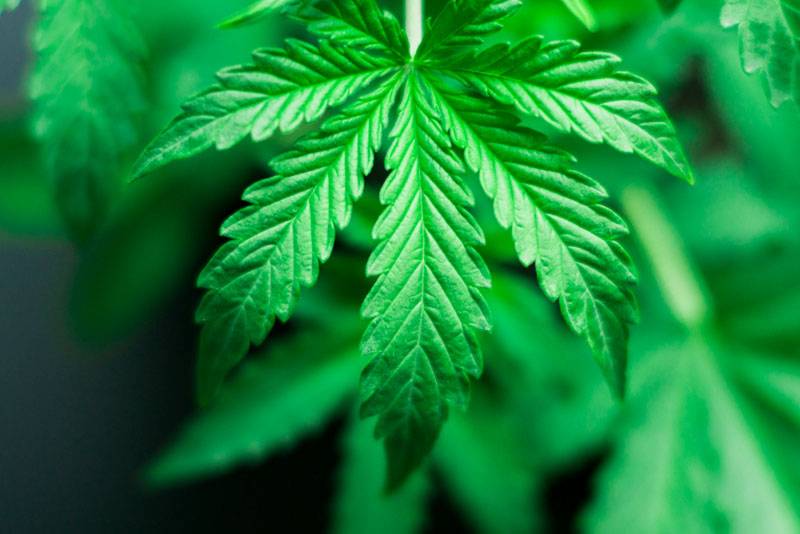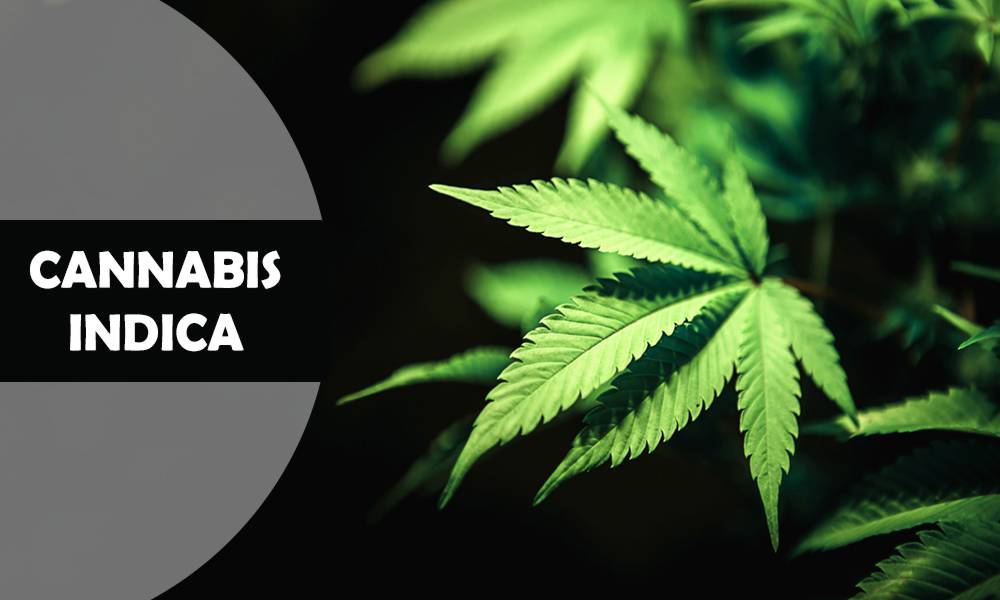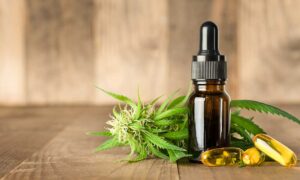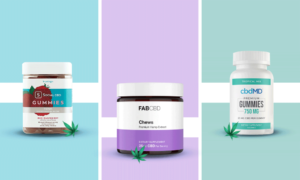Since the dawn of Cannabis, it has represented peace and freedom. The people who have been regular users, be it for medicinal or recreational purposes, have been understanding, compassionate and mindful towards others. The stigma against the consumption of marijuana has been established in the 21st century. Those who know it’s truly beneficial side, know that the stigma is just a way to control the general public.
The real impact of Cannabis has always been positive. For some users, it creates an atmosphere of growth and mindfulness. Whereas for others it creates an energizing and motivating atmosphere. The difference in these feelings of ‘high’ bottle down to the specific strain of cannabis that has been consumed. Previously, it didn’t matter what kind of cannabis you consumed as long as it got you to the buzzed feeling of being high. But recently, due to the advancements in science and technology, people have started looking for more specific strains that enhance the feelings they are looking for. The two main strains are Sativas and Indicas with much more diversity as we go deeper in these strains.
Sativa strains are energizing and uplifting whereas Indica strains are calming and relaxing. The key difference lies in the needs of the consumer who chooses the strain based on it’s chemical compositions. In this article, we are indulging in the world of the Indica strain, its benefits, drawbacks and the different strains that are a part of the Indica family.
What Really Is Indica? Here’s a Quick Break Down
Respectively indica and sativa are mainly correlated with their potential impact in the marijuana business. Indica is the variant that causes a physically strenuous high rather than a more cognitive high, according to the traditional description, which is too generalized. Indica mainly produces dullness and intense relaxing amongst certain cannabis users.
This punk indica concept is used by the marijuana business to sell indica and sativa varieties, as well as dozens of other marijuana derivatives. While the symptoms we identify with indica could have come from the herb, there is no strong connection between the symptoms and the physicality of today’s marijuana plant. Growers benefit much more from the words indica and sativa than users. The concepts are widely used in agriculture to identify the plant’s anatomy, or physical features, as well as its growth phase.
Marijuana indica varieties were introduced to the United States in the 1970s through Afghanistan and Northwestern Pakistan, especially from the Himalayan mountainous region. Indica is quite well for the anesthetic qualities, which some people tend to use at nighttime. Indica has a more stimulating, comforting, and calming influence, making it ideal for relaxing or relieving pain. Not only for its benefits of altering the human brain, but the Indica strains are also famous because the plant fibers can be used to make clothes and bags etc.
Effects of Cannabis Indica
Marijuana consumption is frequently correlated with positive effects, but it may also have unfavorable adverse effects. This covers symptoms like,
- Sore Throats
- Eye Irritation
- Anxiousness
- Light headedness
- Drowsiness
- Hysteria
- Faster heartbeat
- Low blood pressure
THC, not CBD or other compounds, is responsible for the majority of these effects. Any marijuana medication, nevertheless, can cause negative health effects. The approach you are using can even increase your odds of adverse reactions. Inhaling the burning cannabis, for example, may cause breathing problems. Edible cannabis products, such as flavors or candy, are less likely to have an adverse effect on your health. The results, on the other hand, are more gradual and usually aren’t as intense. The underlying factor while choosing the right indica strain is the fact that you should know why you are ‘smoking up’ or consuming cannabis in any way. Following are some guidelines one must go through before selecting the suitable Indica strain:
- Understand what you want to do. Your possibilities will be narrowed once you know what you’re seeking to experience or handle. Discuss the cannabis-related ambitions with the professional at the pharmacy, such as curing anxiety, reduced stress, or growing capacity.
- Recognize your resistance level. Pineapple Express, for example, is called a “entry stage” strain. The adverse effects are normally slight and bearable. For a new consumer, strains with elevated amounts of cannabinoids might be too strong.
- Take into account your health condition. Despite the fact that cannabis is a naturally occurring substance, it has potent effects. Until you try marijuana, think about how it could interfere with your current health issues and medicines. Where in question, see a physician or other professional source to learn more about the specific risks and consequences.
Chemical Compounds Found Within Indica
The chemical compounds found in cannabis are nearly identical in all of the strains. The difference lies in the quantity of each chemical compound present in the strains. There seems to be some debate over what triggered the anatomical variations between some of the varieties. Some scholars claim that these variations are the result of growers mating various species, while others believe that they are the result of a combination of changing conditions and geographic proximity.
THC (Tetrahydrocannabinol) and CBD (Cannabidiol) are some among the most researched and debated cannabinoids found in various Indica plants. Research teams have already discovered at minimum 144 distinct compounds in a single strain of cannabis. The impacts of THC and CBD on the patient’s psyche are drastically different. Understanding if a cannabis plant is from an indica or sativa variety, contrary to popular belief, does not necessarily offer any detail on the relative quantities of THC or CBD it contains, although it may be useful.
THC, according to psychological researchers, has therapeutic benefits. THC is responsible for the “high” sensation that many people equate with marijuana use. Indica strains with a high THC content can aid patients with discomfort, insomnia, and stress, but they can also make certain people miserable. CBD doesn’t really cause euphoria, but it does improve morale and assist with stress and mental conditions. Given its history for promoting relaxation, CBD can be a stimulant when used in minimal, controlled amounts. Indica strains have a higher amount of CBD than its sativa counterparts but comparatively the ratio of THC and CBD in Indica strains is almost 1:1.
Plant Lineage of Cannabis Indica
The origination of the Indica strains came from the harsh cold winters of the Hindu Kush Mountains. The cannabis plants that survived the winter were cultivated and the strain Indica was born. These plants thrive in colder temperatures as compared to Sativa strains.
Cannabis Indica seems to be a more slender, dense bush than its relatives, grows to a height of only about 50 inches in most cases. The leaves are usually a deep greenish color, but some specimens have just about blues or purple flowers. The edges of these plants are small and broad. Indica strains contain more lateral roots and have a heavier positive growth pattern unlike Sativas, leading to larger, puffier crops. Indica seeds emerge in dense clusters. Since they are more robust, they normally outweigh Sativa plants of comparable height.
Cultivation Process of Indica Strains
Cannabis Indica, such as the majority of the Marijuana plants, has two separate stages of its development cycle: cultivation and budding, which are responses to various day intervals. Since the crop begins to increase in physical dimensions during the flowering season, cultivation is often commonly termed as the development, or expanding, period. But the plant keeps growing though the budding or flowering period as well.
The prolonged period, which happens when the crop receives full days and brief nights, induces cultivation. When Cannabis Indica is developing, it focuses all of its efforts on growing its size and stature. The plant generates the warning that autumn is coming as the day get shorter and the evenings get prolonged, and its budding process is initiated. As Cannabis Indica devotes the remainder of its resources to developing reproduction sections vertical and external development slows significantly and can seem to stop entirely during the floral process. To know more about growing we have many guides for growing various strains here.
Difference Between Indica & Sativa
Although the traditional indica description suggests a variety of main distinctions amongst indica and sativa varieties, this differentiation is quite beneficial in the sense of production, as mentioned previously. Dividing indica and sativa crops based on growing conditions and external makeup is a convenient and practical cultivation method.
The true distinction amongst indica and sativa crops lies in the characteristics that can be seen during the production cycle. Indica plants have dense branches and develop fast. Likewise, the indica leaf is thick and dark greenish. With bloom cycles of 30 to 60 days, indicas develop even quicker than Sativas and thrive in cool, fast season environments. Indica flowers are more slender and thicker than sativa flowers. Sativa crops have prolonged bloom periods, thrive in tropical temperatures with regular seasons, and actually grow with thin, light-green foliage. THC in indica varieties is more abundant in the natural environment than THC in sativa varieties. You can learn more about their difference by clicking here
Medical Benefits of Cannabis Indica
Indica is suitable for both cognitive and emotional stimulation as it is a soothing and stimulating strain. If you have a lot of soreness from the exercise? Will you need to unwind after a hard day? Indica is by your side. Indica gives you a comfortable feeling that makes getting off the sofa that much more difficult, as well as a spike in serotonin, which takes out a surge of real calm.
The indica variants has also been shown to effectively relieve fatigue, phantom pains, distress, epilepsy, and arthritis. That’s a long list of advantages, so are we really amazed? Not in the least. It’s an indica strain. Then there’s sativa, with its energizing properties. We tend to use the terms inspiring, exhilarating, and oddly liberating to explain the impact of sativa. Although indica can help you sleep, sativa is the most common strain for boosting energy levels.
This may sound strange considering that indica impacts are normally more prominent on the body than that on the brain, but high-CBD marijuana has always known thought to be superior to high-THC marijuana for overcoming anxiety. Of note, as previously said, CBD is more abundant in indica cannabis than sativa cannabis. Overall, when examining some of the top medicinal applications for indica cannabis varieties, it is clear that there is a trend. According to studies, indica plants produce more CBD than sativa plants, and the rest of indica results are similar to CBD’s potentially beneficial effects.
Popular Indica Strains
Following are some of the most popular Indica strains based on user experience:
ICE: ICE is a well-known indica strain that is on the market. When harvesting time comes along, the crops will appear to be shrouded with an ice snow, which is an analogy for Indica Crystal Extreme. Most producers like to prolong the flowering period to ten weeks because ICE produces abundant, dazzling buds in such little as eight weeks. This strain has sedative properties as well as a muscle buzz. The scent of ice is similar to that of petrol. This strain is said to create significant yields and a lot of stems and leaves, according to growers. Ice is a great strain to keep on hand for a quiet evening at home when you don’t have much to do. As most of the strains available today are hybrids due to over cultivation, this strain is 10% Sativa and 90% indica. It has a THC potency of 18%.
Northern Light: Northern Light is a trademark of farmers and aficionados all over the globe. Though the specific characteristics of the initial Northern Lights are uncertain, scientists say the mutation is the product of 11 different varieties being hybridized. Northern Light is also heavily indica-dominant in their version, with a couch-lock high and a strong, discrete taste. This strain has a potently sweet and tangy hoppy flavor that is pleasant on the inhalation and exhalation, according to users. Patients who use medicinal cannabis prefer Northern Lights to cope with conditions including anxiety, fatigue, discomfort, and exhaustion. This strain is said to have violet and crystal-coated flowers and develops better inside with a flowering season of 45-50 days, according to farmers. This strain is 100% Indica and creates a calming and peaceful high. THC potency in this strain is 18%.
Sweet ZZ: Sweet ZZ is a Strawberry and Grapefruit hybrid that really packs a punch. It has a rather sweetness and taste, with several people experience hints of sugar in the haze. Even though Sweet ZZ is mainly an indica strain, it does have some sativa characteristics. Stress relief, inspiration, and slight feelings of euphoria are common side effects. The crunchy sugars erupt in a rainbow of pale green shades and exude a short, citrus fruits mix. ZZ has a soothing effect, keeping users concentrated, aware, and relaxed while still stimulating the body to help them decompress at any time of day. This strain is 20% Sativa and 80% Indica with a THC potency of 22%.
Sherbet Queen: Sherbet Queen defies standards when it comes to indica points. It creates a solid body high as well as calming cognitive results, culminating in a well-balanced high. You should expect a soft and aromatic taste and fragrance from this 85 percent indica strain, which shares similarities with the ever-popular Girl Scout Cookies. It has a THC potency of 24% making it a top contender for relaxation. Sherbet has strong full-body effects that are heightened by a blast of neural capacity. Sherbet has a nuanced fragrance with notes of perfumy lemon and light berry. With the free-spirited outlook and bodily comfort that comes with this rich combination, tension, anxiety, and bad moods fade into the background.
Fat Banana: Banana has a distinctive sweet taste that appeals to many marijuana consumers. Fat Banana was produced by combining Banana with OG Kush, and it’s the perfect mix. For a cause, this slippery green indica is known as “fat.” After 8 weeks of budding in the sunlight, that has been shown to produce up to 500 grammes of buds per plant. The product is a thick, accommodating specimen of yellow-tinged buds that contain over 25% THC. This strain will have a sweet and citrusy flavor, as well as a banana-like fragrance. Fat Banana’s symptoms are slightly gleeful and soothing at first, before gradually rising to a deep bodily high. This strain is considered to make people hungry and induce ‘munchies’.
Final Thoughts
The abundance of cannabis strains nowadays has not yet been measured by science. As the regular cannabis user gets more aware about the complicated existence of the cannabis indica plant, THC, CBD and cannabinoids extracts have become more common in brand marketing and advertising. For growers, the words indica and sativa are much more important than they really are for customers. It’s significant to mention that indica plants aren’t expected to yield indica-like results until we create a new categorization to offer people a clearer understanding of what they’re getting into.









